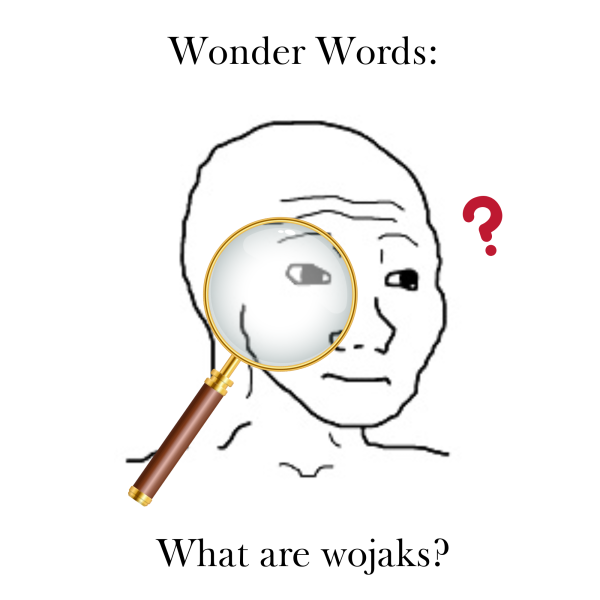Nukes, Nudists, and Related Nonsense
In 1988, Robert Faid of South Carolina calculated the “exact odds” that Mikhail Gorbachev, then-secretary of the Soviet Communist Party, was the Antichrist. In 1992, a group of graffiti removers accidentally defaced 15,000-year-old pictographs in a French cave. In 1993, the Southern Baptist Church of Alabama released a “county-by-county estimate” of how many Alabama citizens are going to Hell. In 2003, the parliament of Liechtenstein made it possible to rent out the entire country, residents not included. In 2014, the police force of Bangkok, Thailand, offered its officers extra cash in exchange for refusing bribes.
“Each of these things deserves some kind of prize,” says Marc Abrahams, editor of the satirical magazine Annals of Improbable Research. “And that’s what they got.” In 1991, Abrahams founded the Ig Nobel Prize to honor “research that makes people laugh and then think”—or in some cases, just laugh. Each year, the organization receives more than 9,000 nominations, from which one winner is selected for each of the ten categories. The lucky nominees are then contacted and offered a chance to decline the honor, although “almost everyone who’s offered a prize decides to accept,” adds Abrahams.
The ceremony takes place each fall in an auditorium at Harvard University, where the winners are announced and publicly presented with their prize by genuine Nobel laureates. The ten categories for the Ig Nobel Prize, unlike those of the real Nobel Prize, are subject to change every year.
Each of the ten Ig Nobel winners receives a cash prize of ten trillion dollars—that is, ten trillion Zimbabwe dollars, which when last measured was roughly equivalent to three US cents (The head of Zimbabwe’s national bank, who was responsible for this little experiment in inflation, won the 2009 Ig Nobel Prize in Mathematics).
Other famous recipients of the Ig Nobel Prize include the following:
Michael Milken (Economics, 1991), originator of the junk bond, “to whom the world is indebted.”
French president Jacques Chirac (Peace, 1996), for “commemorating the fiftieth anniversary of Hiroshima with nuclear tests in the Pacific.”
Seven Australians (Physics, 2003), for their report entitled “Analysis of the Forces Required to Drag Sheep over Various Distances.”
The American Nudist Research Library of Kissimmee, Florida (Literature, 2004), for “preserving history so that everyone can see it.”
The UK branch of the Coca-Cola Company (Chemistry, 2004), for using sophisticated technology “to convert ordinary tap water into Dasani, a transparent form of water.”
The Air Force Wright Laboratory in Dayton, Ohio (Peace, 2007), for initiating development of a chemical weapon—the so-called “gay bomb”—that would make enemy infantry “sexually irresistible to each other.”
Harold Camping (Mathematics, 2011), whose predictions that the apocalypse would occur in 1994 and then again in 2011 taught the world to calculate carefully.
And Volkswagen (Chemistry, 2016), which fixed the issue of “excessive automobile pollution by automatically producing fewer emissions whenever the cars are being tested.”
Marc Abrahams is a firm believer in the power of humor (no joke). It’s rare, he observes, that something is considered a breakthrough “unless it first seemed a little ridiculous.” That is what the Ig Nobel Prize is all about—“stuff that first makes people laugh, and then makes them think. What they think is up to them.”






